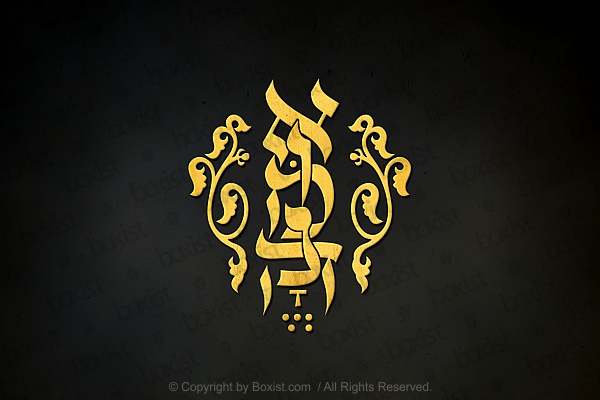INRI In Hebrew And Greek And Latin
INRI In Hebrew And Greek And Latin
This image depicts a grunge, old page with a bright orange background. Written on this page in brown lettering are the initials "INRI" accompanied by two small crosses on either side. Below these initials, the page provides the meaning of "INRI" in multiple languages: English, Hebrew, Latin, and Greek. The letters "INRI" stand for the Latin phrase "Iesvs Nazarenvs Rex Ivdaeorvm," which translates to "Jesus of Nazareth, the King of the Jews." This inscription was placed by Pontius Pilate over the head of Jesus Christ during the crucifixion. The Latin language, used officially by the Roman Empire, substitutes "I" for the English "J" and "V" for "U." Hence, in modern English, it would be "Jesus Nazarenus Rex Judaeorum." The weathered texture of the page and the faded, brown lettering against the bright orange background convey an antique and historical feel, reflecting the ancient origins of the phrase and its significance in Christian tradition.
Image ID#: 26490 / Category: Religion, Designs / Price: 499$
PURCHASE A LICENSE
Get a License & Immediate Download: This image is available under our Comprehensive All-Inclusive Rights-Managed License, suitable for personal, non-profit, educational, business and commercial use.
| Size | Price | Buy |
|---|---|---|
| Original size | 499.00 |
Original file max size / Image type and details:
High quality JPG: 8000x5333 Pixels / File size: 12.08 Mb.
Available in up to 12,000 x 8,000 pixels (125 x 83.3 inches) at 300 DPI upon request.
License type: All-Inclusive Rights-Managed License.
License duration: Usage rights for a period of 1 Year from the date of purchase.
belief bible biblical calvary catholicism christ christianity cross crucifix crucifixion death devotion dies divine eternity faith forgiveness greek god golgotha hebrew heaven holy INRI inscription jesus latin messiah prayer redemption religion religious sacred sacrifice savior spiritual statue suffering symbol worship
Please note: While we strive to provide accurate descriptions for our images, please be aware that some descriptions may not be entirely accurate. Images may depict events, figures, symbols and descriptions may reflect the societal norms of their time, but may not align with current understanding as they are presented within their respective cultural or historical context.
© Copyright Notice: This image is the exclusive property of Boxist.com Photography (Photographer: Sam Mugraby), and is protected by copyright law. Unauthorized use of these images is prohibited. We reserve the right to pursue unauthorized users and to seek damages for copyright infringement.






